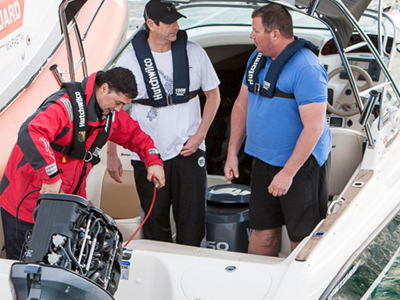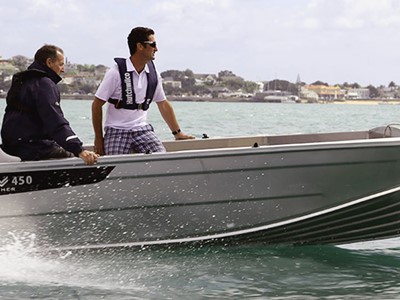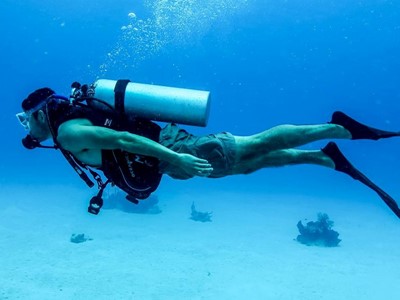Have a good time on and under the water
If you see the blue and white diver's flag when you're out on the water, as a skipper it's your responsibility to ensure you're avoiding the person under the water - they'll always come off worse than you in a collision and there have been serious accidents and fines for not obeying the law.
Under New Zealand law, divers must display the blue and white letter ‘A’ or alfa flag on their dive vessel. If they're free diving or spearfishing they don't legally have to, but many tow 'A' flags or fly them on floats all the sames.
Be on the lookout for divers – if you see a boat showing the dive flag, you MUST slow down to less than 5 knots within a 200-metres radius of it. Maintain a watch for people in the water, in case they’ve accidentally drifted.
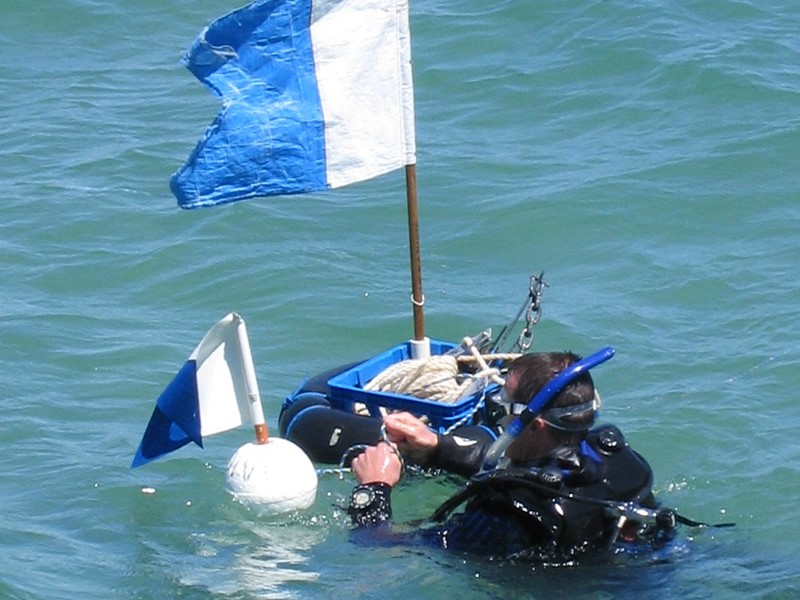
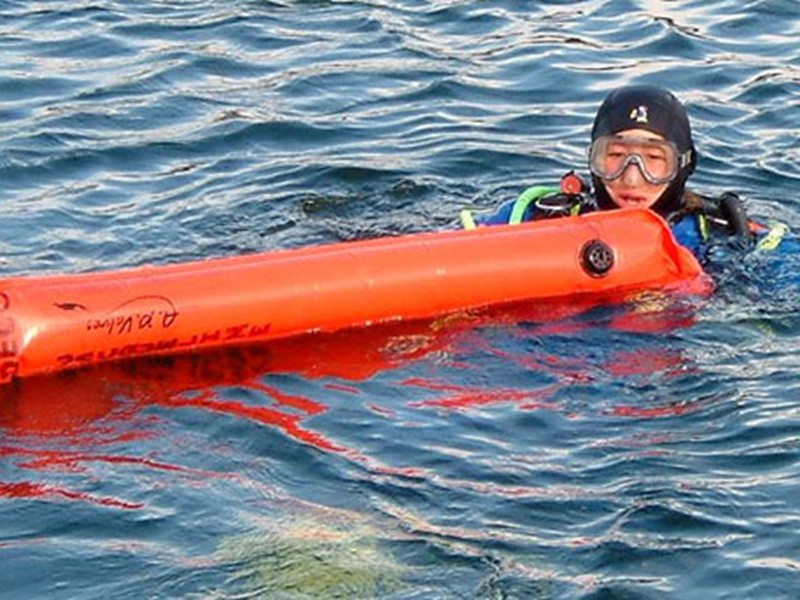
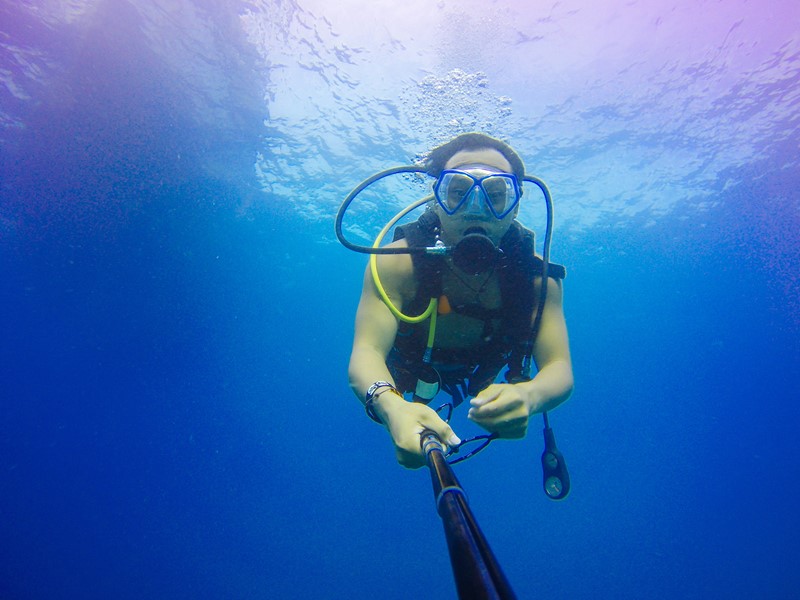
Looking after your diving mates
If you're heading out with mates who are going diving and you're staying on the boat, you play a key role in ensuring that they stay safe. Before your mates start diving, establish and agree on a plan before they even leave the boat - knowing things like direction, depths, currents and estimated dive time all help if something goes wrong and you need to get in touch with Coastguard.
The boatperson should note the time or start a stopwatch when the dive commences.
The boatperson should have a plan of what they are going to do and what communication tools they are going to use if they can’t locate the diver(s) after a prescribed time. Remember the sooner a search is started the better likelihood of a good result and a response can easily be cancelled if the divers show up before help arrives.
A float is a good idea especially for scallop diving. Scallop beds can be quite busy with other boats involved with diving and dredging. A float will help boaties see your divers and give them some room. Plus, with a float tied to the catch bag the catch can be left on the bottom at the end of the dive, allowing divers to easily return to the boat and retrieve the catch once they’re on board.
Following bubbles from the surface can be surprisingly difficult and with any sort of chop the boatperson will struggle to know where the divers are once an eye is diverted even for a second or two. To help the boat person locate the divers, they should be carrying a “safety sausage” inflatable marker. These aren’t expensive and when used make divers far more visible on the surface. Marks and/or a GPS location should be noted for the location where the divers enter the water as well.
The Boatman should ensure a dive flag is flying from somewhere prominent. It's a legal requirement that it's displayed and clearly visible, even when there's no wind. You can get the right sized flags (minimum 600mm x 600mm) from marine retailers such as Burnsco.
An air horn or similar should be available to try and alert boats who don’t notice the flag and encroach within 200m at a speed greater than 5 knots.
If you’re anchoring and it’s practical, the anchor should be set up with a buoy. In the event of a diver having a problem, the boatperson can simply cast the anchor free and provide quick assistance.
Safety first with diving - but with a little care and the right preparation, it can be a great day out on the water for everyone.
Boatie's Best Mate.
Get a Coastguard membership today for peace of mind when you’re out boating.


